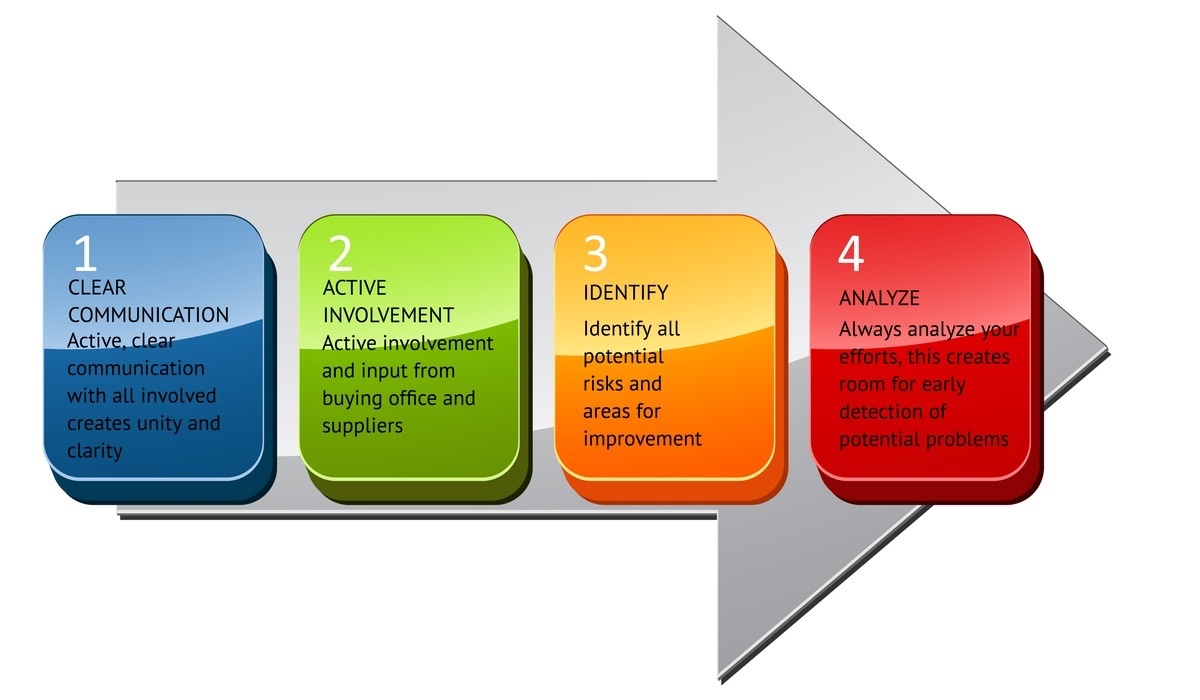
 Miller is seen as instrumental in paving the way with greening the supply chain from using a green design for their products, to ensuring they use less harmful chemicals within the products. The only way they were able to do this was through gaining supplier buy-in. They asked their suppliers to begin complying with the zero-waste policies within their procedures.
Miller is seen as instrumental in paving the way with greening the supply chain from using a green design for their products, to ensuring they use less harmful chemicals within the products. The only way they were able to do this was through gaining supplier buy-in. They asked their suppliers to begin complying with the zero-waste policies within their procedures.
Herman Miller has used greening their supply chain as an opportunity for innovation. They have been able to create new uses for material and product that were otherwise disposed of to the benefit of their product and brand. These kinds of innovations have huge benefits as they continue to pave the way as a strong globally competitive brand with green initiatives at the fore of every process they follow.
As consumers increasingly dictate what manufacturers make, the power of adopting CSR and green initiatives as part of your strategy can have global results for your brand.
Check out our comprehensive guide on optimizing your quality assurance systems.Your supply chain is directly linked to your brand image; it is, therefore, imperative that you have an efficient supply chain management strategy. You may find that your brand could benefit from adopting third party QA. The challenges experienced along your supply chain are often full of complexities, through outsourcing all of your procedures to a compliant QA company your brand’s image is taken care of. The QA solutions that are offered are tailored specific to your needs and the ever-evolving changes.
Global brands are known to adopt various technological solutions to  effectively manage their supply chains. Regionally there is the thought that this may be too expensive to apply. When it comes to technology, it is too easy to jump to the first software you find. It is essential to understand what you need technology to do for you, so that you may select the type of technology that is best suited to your needs. By doing this, you are ensuring that this is not overly costly for you and maximizes its efficiency for you.
effectively manage their supply chains. Regionally there is the thought that this may be too expensive to apply. When it comes to technology, it is too easy to jump to the first software you find. It is essential to understand what you need technology to do for you, so that you may select the type of technology that is best suited to your needs. By doing this, you are ensuring that this is not overly costly for you and maximizes its efficiency for you.
These are only a few of the supply chain best practices that can be implemented regionally. Always review your procedures to work out what will work best for you, don’t find yourself in a position where you have adopted the first solution you’ve come across with no noticeable evidence of the benefits it has for you and your quality procedures. The point is to optimize your supply chain for the best possible outcomes for your brand. What solutions do you use to optimize your supply chain?

Want to know more about one of our many services? Contact us to find out more information about what API can do for your company today.
Address
Copyright © 1981 – 2022 API. All Rights Reserved.